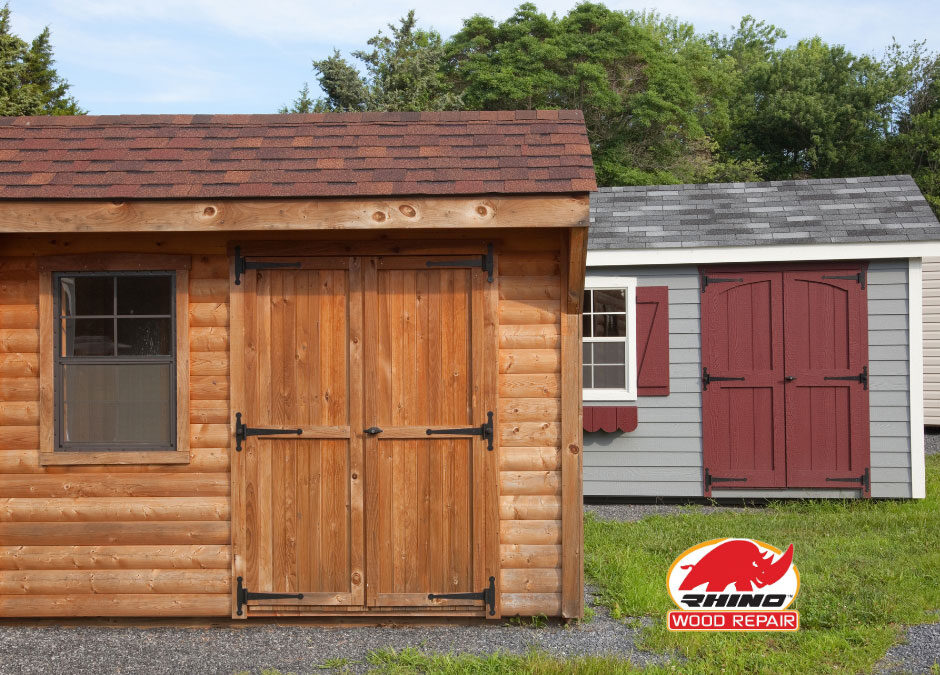Techniques for Repairing Weakened Wood
Wood is a versatile and beautiful material that has been used in construction and craftsmanship for centuries. However, over time, wood can become weakened due to various factors such as moisture, insect infestation, and decay. Fortunately, there are several techniques that can be used to repair weakened wood and restore its strength. In this blog post, we’ll explore some of these techniques and how they can help extend the life of your wooden structures.
Understanding Wood Deterioration
Before we dive into the techniques for repairing weakened wood, it’s important to understand the factors that contribute to wood deterioration. Some of the most common causes of wood decay include:
- Moisture: When wood is exposed to excessive moisture, it can become soft and prone to rot.
- Insect Infestation: Certain insects, such as termites and carpenter ants, can burrow into wood and cause significant damage.
- Fungal Growth: Fungi thrive in damp environments and can cause wood to rot and decay.
Techniques for Repairing Weakened Wood
1. Epoxy Consolidation
Epoxy consolidation is a technique that involves injecting epoxy resin into the weakened wood to fill voids and restore strength. This method is particularly effective for repairing large areas of decay or damage. The epoxy resin penetrates deep into the wood fibers, creating a strong bond that can withstand the elements.
2. Dutchman Repair
Dutchman repair is a technique that involves removing the damaged portion of the wood and replacing it with a new piece that matches the original grain and color. This method is often used for repairing small areas of damage, such as knots or cracks. The new piece of wood is carefully fitted and glued into place, creating a seamless repair.
3. Structural Reinforcement
In some cases, weakened wood may require structural reinforcement to restore its strength. This can be achieved through the use of steel plates, brackets, or other supportive elements. These reinforcements are typically hidden from view and can provide significant support to the weakened wood.
Preventing Wood Rot
While repairing weakened wood is important, preventing wood rot from occurring in the first place is even more critical. Here are some tips for preventing wood rot:
- Keep wood dry: Ensure that wooden structures are properly sealed and protected from moisture.
- Provide adequate ventilation: Allow air to circulate around wooden structures to prevent the buildup of moisture.
- Use rot-resistant wood species: Certain wood species, such as cedar and redwood, are naturally resistant to rot and decay.
- Apply protective coatings: Use paint, stain, or other protective coatings to seal the wood and prevent moisture from penetrating.
FAQs
How long does it take for wood to rot?
The speed at which wood rots depends on various factors, such as the type of wood, the level of moisture exposure, and the presence of fungi or insects. In general, untreated wood can begin to rot within a few months to a year if exposed to the elements.
Can rotted wood be repaired?
Yes, rotted wood can often be repaired using techniques such as epoxy consolidation or Dutchman repair. However, the extent of the damage will determine the feasibility and effectiveness of the repair.
How can I tell if my wood is rotting? Signs of wood rot include soft or spongy texture, visible decay or discolouration, and the presence of mushroom-like growth. If you suspect that your wood may be rotting, it’s important to address the issue promptly to prevent further damage.
About the Author
Robin Pixner, the owner and chemist behind Rhino Wood Repair, has over 30 years of experience in the field of wood restoration and preservation. With his expertise and commitment to quality, Rhino Wood Repair has become a trusted name in the industry, providing effective solutions for repairing weakened wood and preventing wood rot. Robin’s products are designed to extend the life of wooden structures, ensuring their beauty and strength for years to come. See our wood treatment products here.
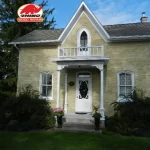 Frequently Asked Questions
Frequently Asked Questions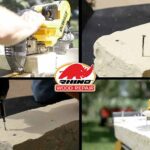 Videos
Videos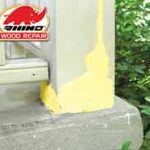 Colourful Chemist cooks up wood-repair product
Colourful Chemist cooks up wood-repair product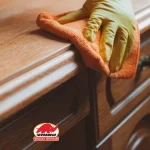 Custom Adhesive Epoxies & Formulations
Custom Adhesive Epoxies & Formulations THE SIMPLE SOLUTION TO A DIFFICULT PROBLEM.
THE SIMPLE SOLUTION TO A DIFFICULT PROBLEM.
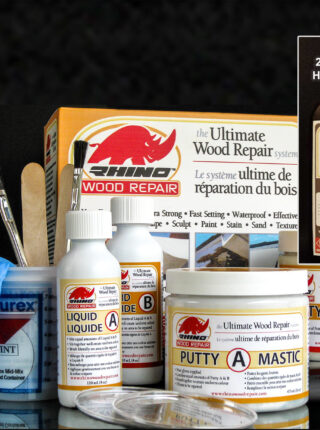
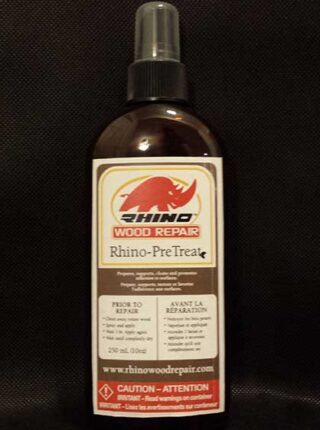
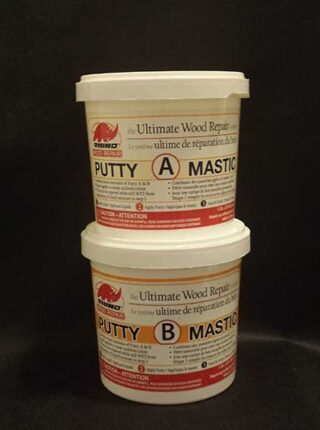
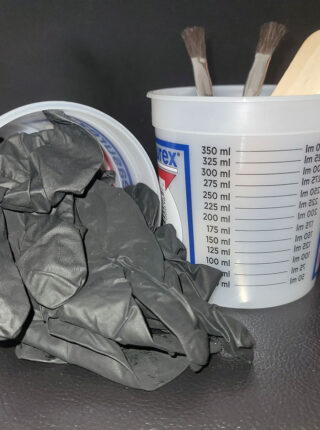
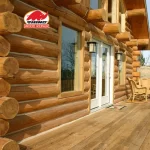 Rhino Wood Repair for Log Homes Looking to combat wood rot on your log home? Enter Rhino Wood Repair — the vanguard of wood restoration, with a legacy spanning over three decades. Led by Robin Pixner, a visionary in the field of wood preservation, our mission is simple yet profound: to breathe new life into aging wood, to fortify its strength, and to ensure that the legacy of log homes endures for generations to come.
Rhino Wood Repair for Log Homes Looking to combat wood rot on your log home? Enter Rhino Wood Repair — the vanguard of wood restoration, with a legacy spanning over three decades. Led by Robin Pixner, a visionary in the field of wood preservation, our mission is simple yet profound: to breathe new life into aging wood, to fortify its strength, and to ensure that the legacy of log homes endures for generations to come.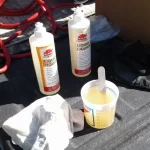 Wood Epoxy
Wood Epoxy
